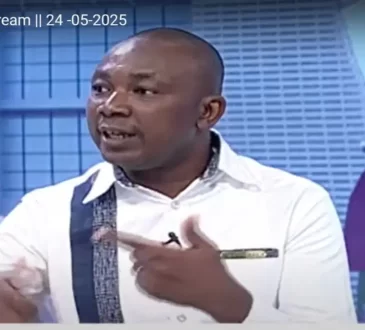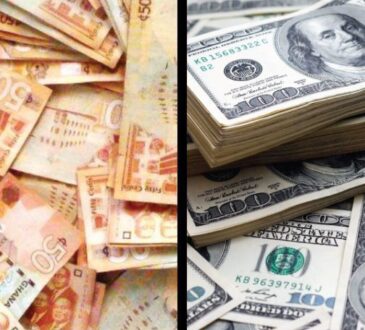
What’s going on here?
The Indian rupee ended at 83.3725 against the US dollar, seeing a 0.1% weekly gain from dollar
sales
by local firms and a rise in most Asian currencies.
What does this mean?
The rupee’s strength had a mixed backdrop this week. It appreciated thanks to dollar sales by Indian corporates and a general uptick in Asian currencies like the Korean won, which rose 0.4%. Early in the week, it was under pressure from unexpected election results, but the Reserve Bank of India (RBI) likely stepped in to stabilize the currency. The central bank kept key policy rates unchanged, increased its economic growth outlook for the year, and maintained its
inflation
outlook, though it warned about persistent food price pressures. Citibank economists noted that a large balance of payments surplus should support the rupee’s appreciation. Still,
volatility
in the US dollar might see the USD/INR rate inch toward 84.
Why should I care?
For markets: Navigating the rupee rollercoaster.
Recovery was the name of the game for Indian equities, with the BSE Sensex and Nifty 50 bouncing back from election day losses to end over 2% higher each. Meanwhile, the dollar index settled at 104.1 amid rising Asian currencies. Investors keen on currency markets should note the 1-year implied yield on dollar-rupee forward premiums declining by 2 basis points to 1.61%, indicating market anticipation of lower near-term volatility.
The bigger picture: Global cues set the stage.
The rupee’s movements highlight the broader interplay of global financial dynamics. Investors are particularly eyeing the US nonfarm payrolls report for clues on the Federal Reserve’s next steps, with expectations of nearly two rate cuts this year, the first possibly in September. This context of global monetary policy uncertainty places the RBI’s steadfast approach in focus, offering a semblance of stability amid turbulent waters.




